
Tag Archives kochia
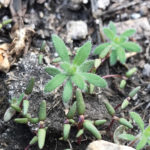
Weeds develop defences
Kochia gets hairy and lamb’s quarters get waxy under harsh conditions

It takes a village to stop weeds
Researchers say the community nature of the problem of invasive weeds hasn’t been adequately incorporated into control efforts

Glyphosate-resistant kochia confirmed in 12 municipalities in 2018
Testing is the only way to confirm how widespread glyphosate-resistant kochia is in Manitoba

Kochia and salinity: a battle on two fronts
One strategy might be to treat saline patches like a lawn, and mow them before the kochia sets seed
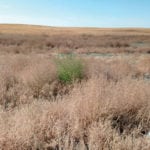
The year of the tumbleweed
Kochia has enjoyed an upswing given Manitoba’s weather this year
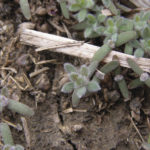
Keeping kochia in check
New research indicates the importance of early-season control of herbicide-resistant kochia
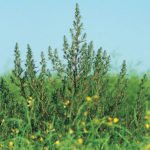
Herbicide resistance quietly growing problem in Manitoba
Multi-pronged weed control strategies that go beyond chemicals are urged by researchers
How to fall apply Avadex and Fortress
Getting the application technique right will make these products more effective
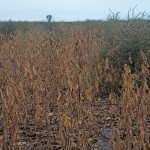
Signs indicate glyphosate-resistant kochia still relatively rare in Manitoba
Farmers are being asked to submit suspected cases for testing and encouraged to remain vigilant
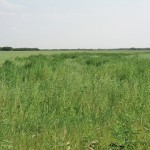
Tank mixing weed killers helps delay herbicide-resistant weeds
But don’t forget to rotate crops, including fall seeded and perennials, advises AAFC’s Hugh Beckie


